
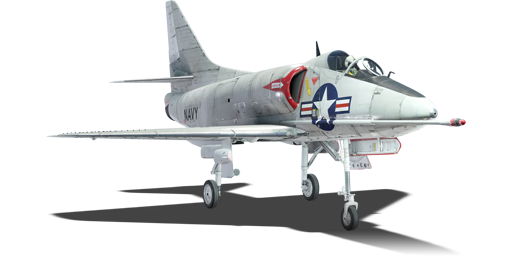


The A-4B was a compact and lightweight attack aircraft designed by Ed Heinemann of Douglas Aircraft Company in response to the U.S. Navy's need for a cost-effective and agile attacker. It was a successful solution for the Navy, offering simplicity, low weight, and ease of maintenance. Despite its small size, the A-4 was a capable aircraft, equipped with two 20mm autocannons and various hardpoints for missiles, rockets, and bombs. It played a significant role in the Vietnam War as the primary light bomber for the Navy. With over 540 A-4Bs manufactured, it featured upgrades like improved navigation equipment and the AGM-12 Bullpup missiles. The A-4 remained in service for over 20 years and continues to be operational in some countries like Brazil and Argentina even after six decades since its inception
It was introduced in Update 1.97 "Viking Fury". The A-4B is an excellent aircraft for pilots who like to perform multiple roles without having to switch up aircraft. Possessing options to carry up to 5,000 lbs in bombs, 133 unguided rockets or five 20 mm autocannons with a total of 2,350 rounds of ammunition in what is effectively a "hot rod" of the jet world allows pilots to maximize their playstyle. Though the manoeuvrability suffers when fully loaded, this jet attacker operates well at mid and lower altitudes, especially when unloading bombs and rockets on ground-based targets
flaps
flaps
flaps
brake
| Belt | Belt filling | Armor penetration (mm) at a distance: | |||||
|---|---|---|---|---|---|---|---|
| 10 m | 100 m | 500 m | 1000 m | 1500 m | 2000 m | ||
| AP-T/HEI/HEI | 42 | 39 | 27 | 18 | 11 | 7 | |
| AP-T/HEI | 42 | 39 | 27 | 18 | 11 | 7 | |
| AP-T/HEI/AP-I/HEI | 42 | 39 | 27 | 18 | 11 | 7 | |
| AP-T/AP-T/HEI/AP-I | 42 | 39 | 27 | 18 | 11 | 7 | |
| AP-I/HEI/HEI/HEI | 42 | 39 | 27 | 18 | 11 | 7 | |
| Name | Weight | Slot | ||||||
|---|---|---|---|---|---|---|---|---|
| 72.6 kg | 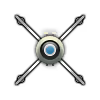 |  | ||||||
| 38 × | 459.3 kg | 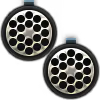 |  | |||||
| 8 × | 716.6 kg | 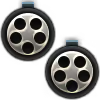 |  | |||||
| 259 kg | 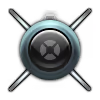 |  |  | |||||
| 6 × | 707.4 kg | 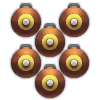 |  |  | ||||
| 3 × | 722.7 kg | 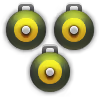 |  |  | ||||
| 6 × | 829.8 kg | 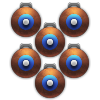 |  |  | ||||
| 3 × | 762 kg | 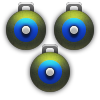 |  |  | ||||
| 446.8 kg | 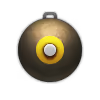 |  | ||||||
| 2 × | 471.8 kg | 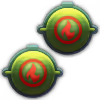 |  | |||||
| 406 kg | 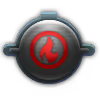 |  |  | |||||
| 439.5 kg | 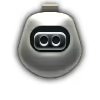 |  |  | |||||
| 57 × | 688.9 kg | 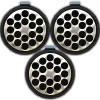 | ||||||
| 12 × | 840.8 kg |  | ||||||
| 3 × | 1,340.4 kg | 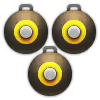 | ||||||
| 893.6 kg | 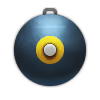 | |||||||
| 893.6 kg | 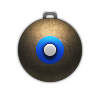 | |||||||
| 3 × | 707.7 kg | 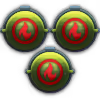 | ||||||












Flight performance | |
|---|---|
Survivability |
|---|
Weaponry | |||
|---|---|---|---|